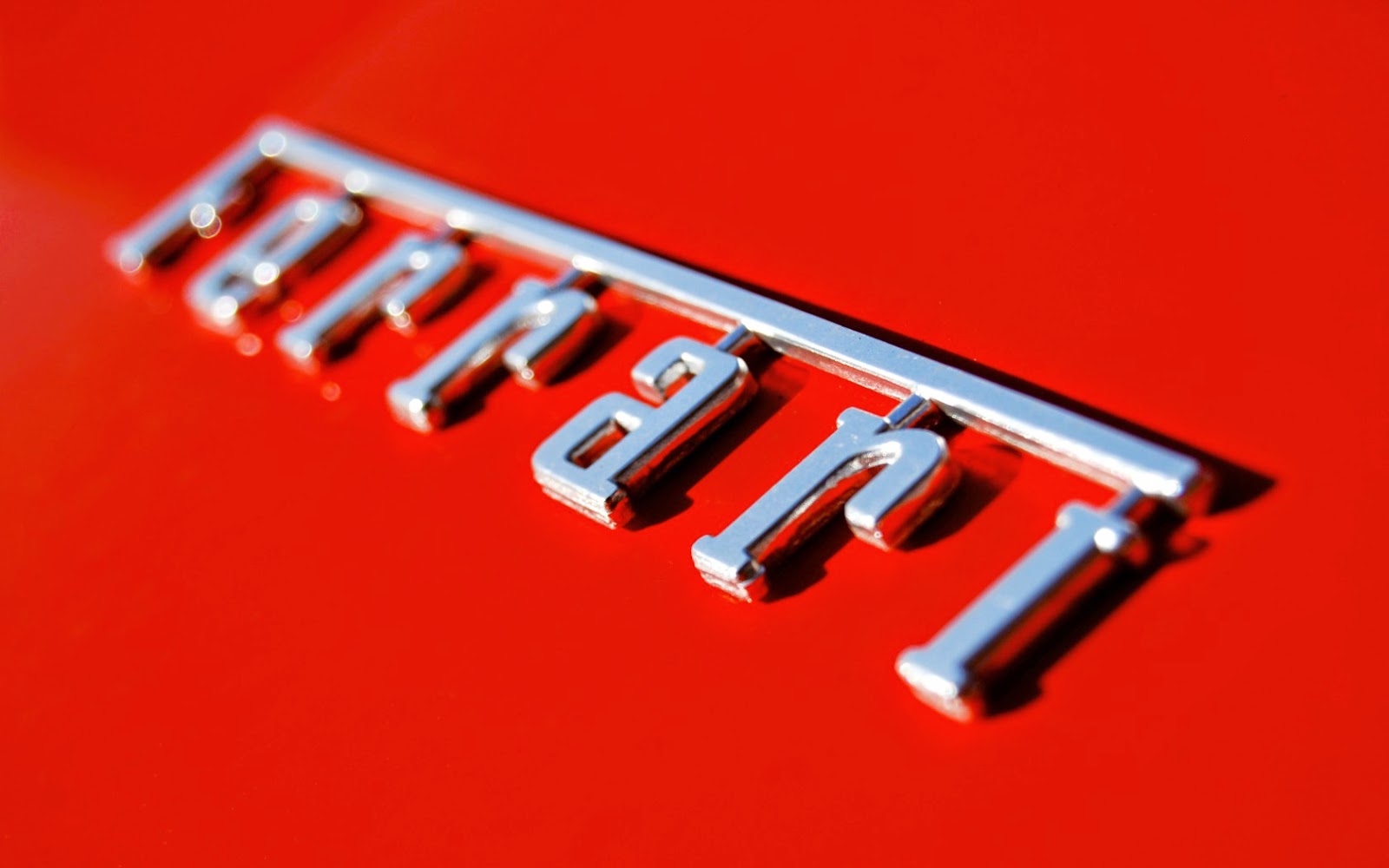Ferrari is an Italian sports car manufacturer based in Maranello, Italy. Founded by Enzo Ferrari in 1929 as Scuderia Ferrari, the company sponsored drivers and manufactured race cars before moving into production of street-legal vehicles in 1947 as Ferrari S.P.A. Throughout its history, the company has been noted for its continued participation in racing, especially in Formula One, where it has enjoyed great success.
Today Ferrari is a name that is synonymous with high
performance super luxury cars, both on the raceway
and on the motorway. Building fine and exotic cars in a category that most car
enthusiasts would call the ‘super car’ category, the worlds most famous racing car producer had churned up
numerous power laden cars that surprised the motor industry in terms of speed, and performance. Ferrari has become the
leader of Italian auto manufacturers industry, and till today represents the
finest of Italian craft in the mechanics of auto propulsion.
Positioning Strategy
Positioning focuses on the target
market segment the business seeks to serve and the differential advantage with
which it will compete with rivals in that segment.
Ferrari is positioned in the prestige segment of the car
market with a differential advantage based on high performance and exclusivity.
Ferrari as a brand is a status symbol consisting of extreme performance, power and design. Consumers perceive buying a Ferrari as they’ve made it.
Target Market
Ferrari is targeted towards the niche market segment. Ferraris are bought because of status and performance. Very few people can actually afford a Ferrari though it is globally the most desired automobile brand. People with very high income and strong background trying to highlight their status and interested in luxury sports cars belong to the target market.
Segmentation Analysis
Most Ferrari owners are high income earners found in the 25-49 and 50+ age segments. The average Ferrari owner is probably male in their mid-fifties. Hardly any Ferrari will be bought because the consumer is in need of a transport vehicle; in fact most Ferraris are only the second or third car owned in a household. There aren't many Ferrari owners belonging to the younger age segment. This is mainly due to the cars' extremely high price. Additionally, there is a group biased male sports-car owners, most of their cars are held as leisure vehicles to be driven on race tracks or on weekends.
Apparently this isn’t a rare occurrence, which all makes sense as most people buying a Ferrari aren’t saving up every last penny to afford it but rather they have more than enough wealth to accommodate such a lifestyle.
Apparently this isn’t a rare occurrence, which all makes sense as most people buying a Ferrari aren’t saving up every last penny to afford it but rather they have more than enough wealth to accommodate such a lifestyle.
Differential Advantages
Performance
Looking at all the models of Ferrari, from the Vintage 250GTO of 1962 to the modern LaFerrari of 2015, Ferrari is all about Performance. Speed and power defines Ferrari. Ferrari always eyes to produce their cars with the ability to reach high speed with sheer power. The transmission, engine, design & engineering of all Ferrari models fulfill the desire of car enthusiastic.
Looking at all the models of Ferrari, from the Vintage 250GTO of 1962 to the modern LaFerrari of 2015, Ferrari is all about Performance. Speed and power defines Ferrari. Ferrari always eyes to produce their cars with the ability to reach high speed with sheer power. The transmission, engine, design & engineering of all Ferrari models fulfill the desire of car enthusiastic.
So what makes a Ferrari
special? Why it isn’t just a brand? & why it feels so much more than
a car?
Answer is simple; Ferrari
has a soul of its own.
The red color stands
for passion. The prancing horse logo represents aggressiveness. Ferrari is a
symbol of power, strength, confidence, boldness & speed. Ferrari has its
own identity, its own soul.
Heritage
Ferrari lives its brand- through an emphasis
on story-telling and an expectation that its legend is known by all its
audiences. There are only a few sports car brands on the planet that stir such emotions.
The Ferrari prancing horse symbol is also the stuff of legend. In 1923, the parents of the heroic Italian pilot Francesco Baracca, Count Enrico and Countess Paolina Baracca, gave Ferrari their son’s squadron badge on the charred remains of his plane, featuring the family coat of arms of a black horse rampant on a yellow shield. Baracca had notched up 35 enemy hits before crashing to his death.
Back in those days, men raced under their national colors, and for the Italians it was red. The connection continues today, a throwback to the heroic prewar era when Ferrari himself was tinkering with Alfas and seeing them win on the tracks. Few companies can claim a colour that conjures its brand’s heritage.
In branding terms, the story-
telling aspect is strong, and in the leanest times Ferrari can still call on
the images of il Commendatore, Francesco Baracca and the belief that the cars
themselves have nobility through a bloodline made of petrol.
Recommendations:
Recently, Ferrari launched a new
model ‘Ferrari California’ which is currently the cheapest Ferrari in their line.
It was a step taken by Ferrari to reach more customers. The performance of
the car is still good as a sports car but it is disappointing in terms of Ferrari standard. If Ferrari
keeps launching cars for comparatively lower price segments, it will harm their
image in the long run. So, I would suggest Ferrari to stop going for lower price
segments and stick to its luxury line.
References:
Ferrari Official
Website: http://www.ferrari.com
Wikipedia: http://en.wikipedia.org/wiki/Ferrari
Book: Keller, K.
(2013). Strategic Brand Management: Building, measuring and managing brand
equity (4th Ed.). Harlow: Pearson Education Limited.
.jpg)










.jpg)




.jpg)